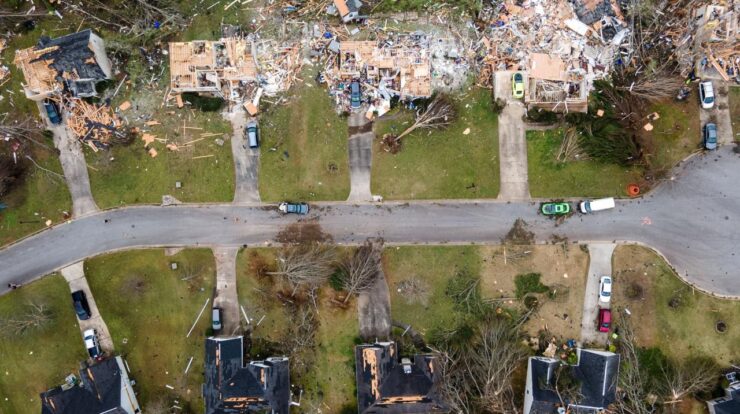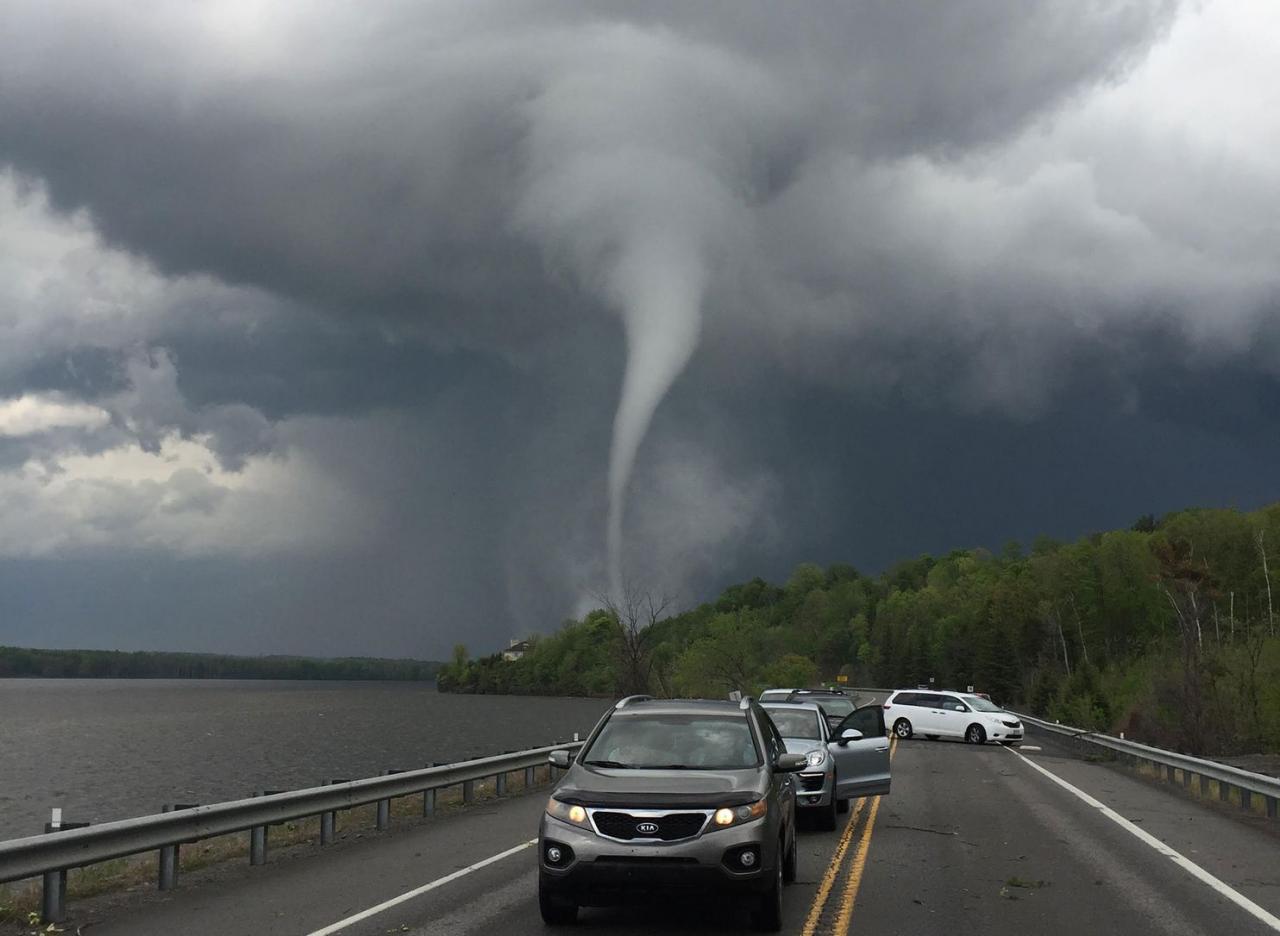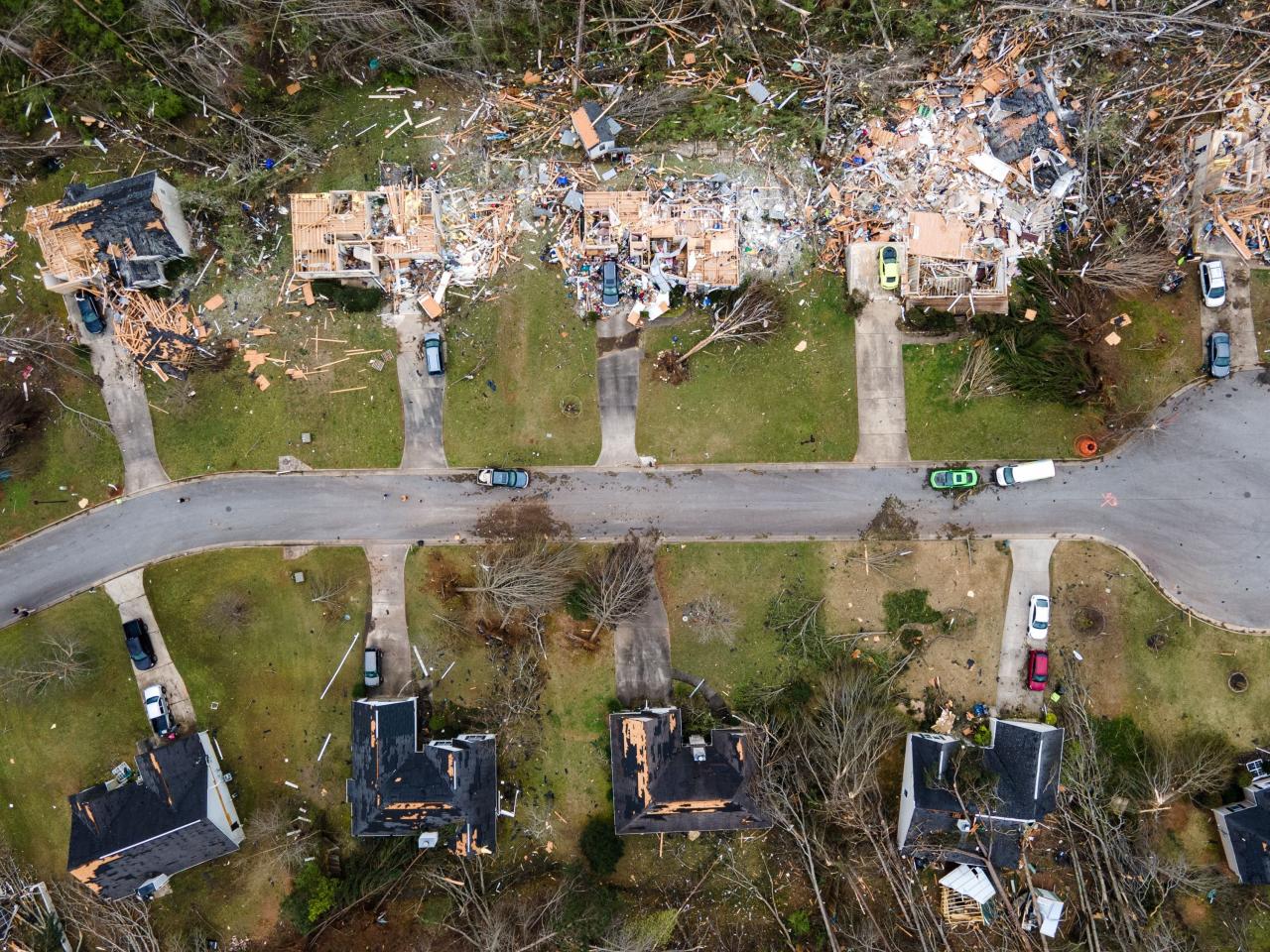
Tornadoes Today: As the threat of tornadoes looms, it is crucial to stay informed about the risks, recent activity, and essential safety measures. This comprehensive guide provides an in-depth look at the current tornado outlook, recent occurrences, and expert advice on how to prepare and stay safe during these powerful storms.
With the latest weather updates, radar imagery, and insights from meteorological experts, this article offers a thorough analysis of the tornado threat and provides practical tips to help individuals and communities stay safe.
Today’s Tornado Outlook
The National Weather Service has issued a tornado watch for parts of the central and southern United States, including Texas, Oklahoma, and Arkansas. The watch is in effect until 10 p.m. CST. There is a slight risk of tornadoes in these areas, and residents should be prepared to take shelter if a tornado warning is issued.
The Storm Prediction Center has identified several factors that are contributing to the tornado risk, including strong winds aloft, instability, and moisture. These factors are expected to remain in place for the next several hours, and there is a chance that tornadoes could develop.
Recent Tornado Activity

There have been no reports of tornadoes in the United States in the past 24 hours.
Tornado Safety Tips
If you are in an area that is under a tornado watch, you should be prepared to take shelter. The safest place to be during a tornado is in a basement or underground shelter. If you do not have access to a basement or underground shelter, you should go to the lowest level of your home and find a room that is as close to the center of the building as possible.
You should also have a tornado safety plan in place. This plan should include a designated safe room, an evacuation route, and a communication plan. You should also practice your tornado safety plan with your family so that everyone knows what to do in the event of a tornado.
Tornado Forecasting and Research
Tornadoes are forecasted by using a variety of data, including radar, satellite imagery, and weather balloons. Forecasters look for signs of rotation in the atmosphere, and they use computer models to predict the path of tornadoes.
Forecasting tornadoes is a challenging task, and there is always a chance that a tornado will develop without warning. However, forecasters are constantly improving their techniques, and they are now able to provide more accurate tornado warnings than ever before.
Historical Tornadoes: Tornadoes Today
Tornadoes have been occurring in the United States for centuries. Some of the most significant tornadoes in history include the Tri-State Tornado of 1925, which killed 695 people and injured over 2,000; the Joplin Tornado of 2011, which killed 161 people and injured over 1,000; and the Moore Tornado of 2013, which killed 24 people and injured over 300.
Tornadoes are a powerful and destructive force of nature, but they are also a fascinating topic of study. Scientists are constantly learning more about tornadoes, and this research is helping us to better understand and predict these storms.
Final Review

In conclusion, understanding tornadoes today requires a multifaceted approach that encompasses risk assessment, safety preparedness, and ongoing research. By staying informed, taking necessary precautions, and supporting scientific advancements, we can mitigate the impact of these destructive forces and protect lives and property.
Popular Questions
What are the warning signs of a tornado?
Funnel cloud, rotating debris, loud roar, and sudden drop in atmospheric pressure.
What should I do if I am caught in a tornado?
Seek shelter in a sturdy building, basement, or underground. Stay away from windows and exterior walls.
How can I prepare for a tornado?
Develop a safety plan, identify safe shelters, and have an emergency kit ready.





